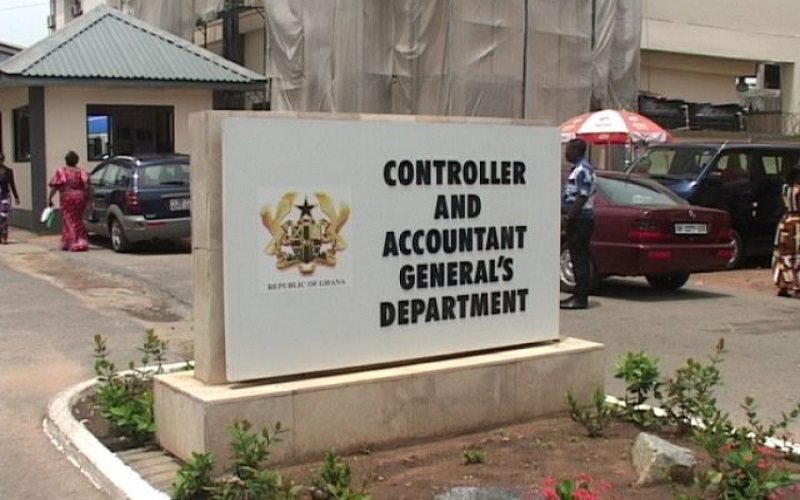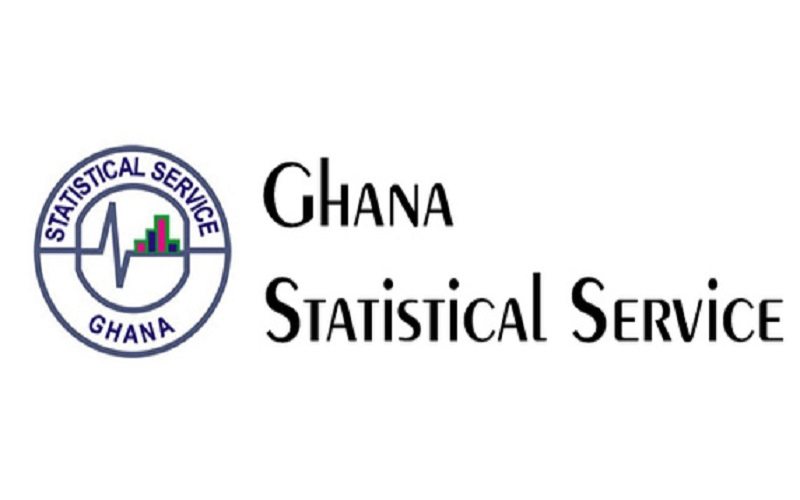It is an intelligent E-SPV Return System introduced and managed by the Controller and Accountant General’s Department (CAGD). The GoGSPV which was created on 20th November 2013, with the aim of improving service delivery on the payroll, complements the GoGPayslip which is used by public workers to access their salary information. Just the way the E-Payslip replaced the paper payslips for public servants, the E-SPV replaced the manual voucher system on the part of payment officers. The ESPV was introduced by the Accountant General’s Department (CAGD) to replace the manual system of managing, certifying and approving government of Ghana salary payment vouchers which was time-consuming and logistically challenging. There was a need for an improved system as the manual system failed to achieve the desired results of effectively validating those on government payroll before payment.
Benefits of the E-SPV over Manual Payment System
Among so many other benefits, the Electronic Salary Payment Voucher (E-SPV) comes with the following advantages over the old manual payment system:
- Elimination of Public Payroll Bloating/Ghost Names The E-SPV system was introduced to address issues of bloating of the public payroll and to eliminate ghost names associated with the old manual payment voucher system. The issue of ghost workers has been a worrying issue for the Ghanaian government. In 2017, for instance, the country’s Ministry of Finance suspended the salaries of about 26,000 public sector workers who were assumed to be ghost workers. The suspension was in line with the government’s bid to clean up government payrolls and fight corruption. But with the introduction of the E-SPV, more room for efficient cross-examination, validation, and certification of the payroll are done before salaries are released thereby promoting the integrity of the payment voucher. 2. Improved Service Delivery (Easier and Faster) Since the electronic voucher is accessible using ICT (computers and the internet), it definitely makes operations easier and faster compared to the old system where everything is done manually. As it is known, delayed salary payment has been one of the major complaints of workers in various sectors in Ghana. The salary itself for the average worker is not as juicy as expected, worst still is the unnecessary delays. Before the introduction of the E-payment system, the Controller and Accountant General’s Department found it extremely difficult to send salary vouchers to workers on time, which largely affected workers who had anomalies or irregularities with their salaries to seek redress on time. The E-SPV, therefore, boasts of the ability to validate and certify the payment voucher within 48 hours after data is made available on the system.
- Ensures More Secure Service Delivery Unlike the manual payment voucher which is porous and prone to undue manipulations, the electronic voucher offers a more secure delivery void of leakages. Just like the ATM card, the E-SPV can only be accessed using a strict individual staff ID and password, which is possessed by only authorized payment officers.
- Reduction of Payroll Management Cost The E-SPV was introduced to reduce high wage bill of public servants and to ensure effective and efficient management of payroll cost by eliminating unauthorized payments. In the past years, the government of Ghana scored billions of cedis in settling wage bills of the public servants. Had this not changed, the country would have been heading to the point where its revenue from taxes will not be enough to cover compensation. Unlike the manual system, the electronic salary payment voucher gives heads of departments and HR managers ready access to information for monitoring and controlling payroll cost. See Also: Ghana Statistical Service: What They Do and How to Navigate the Site
- Easier Accessibility and Reference Aside from injecting sanity in the payroll management, the electronic voucher makes it easier to access payroll information since it can be done anywhere and anytime once there is network coverage. With this, Heads of Departments and HR Officers do not need to start looking for previous payroll information among files piled up in shelves and drawers over the years.



